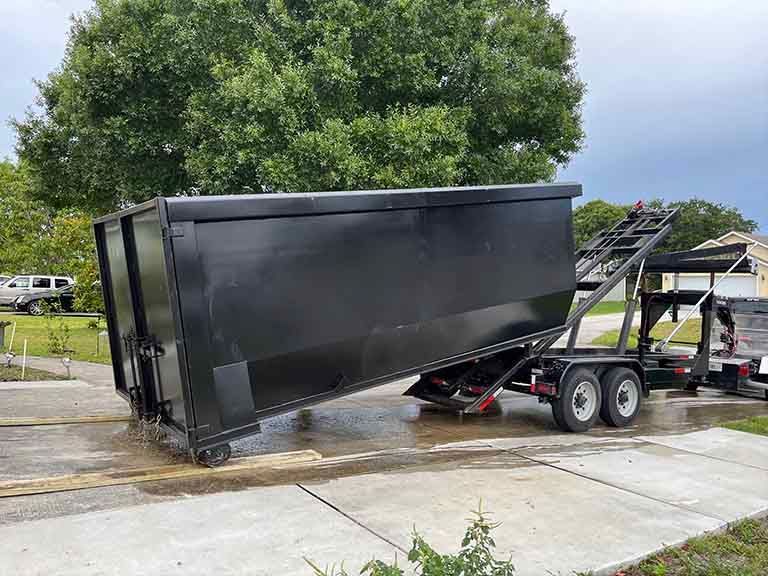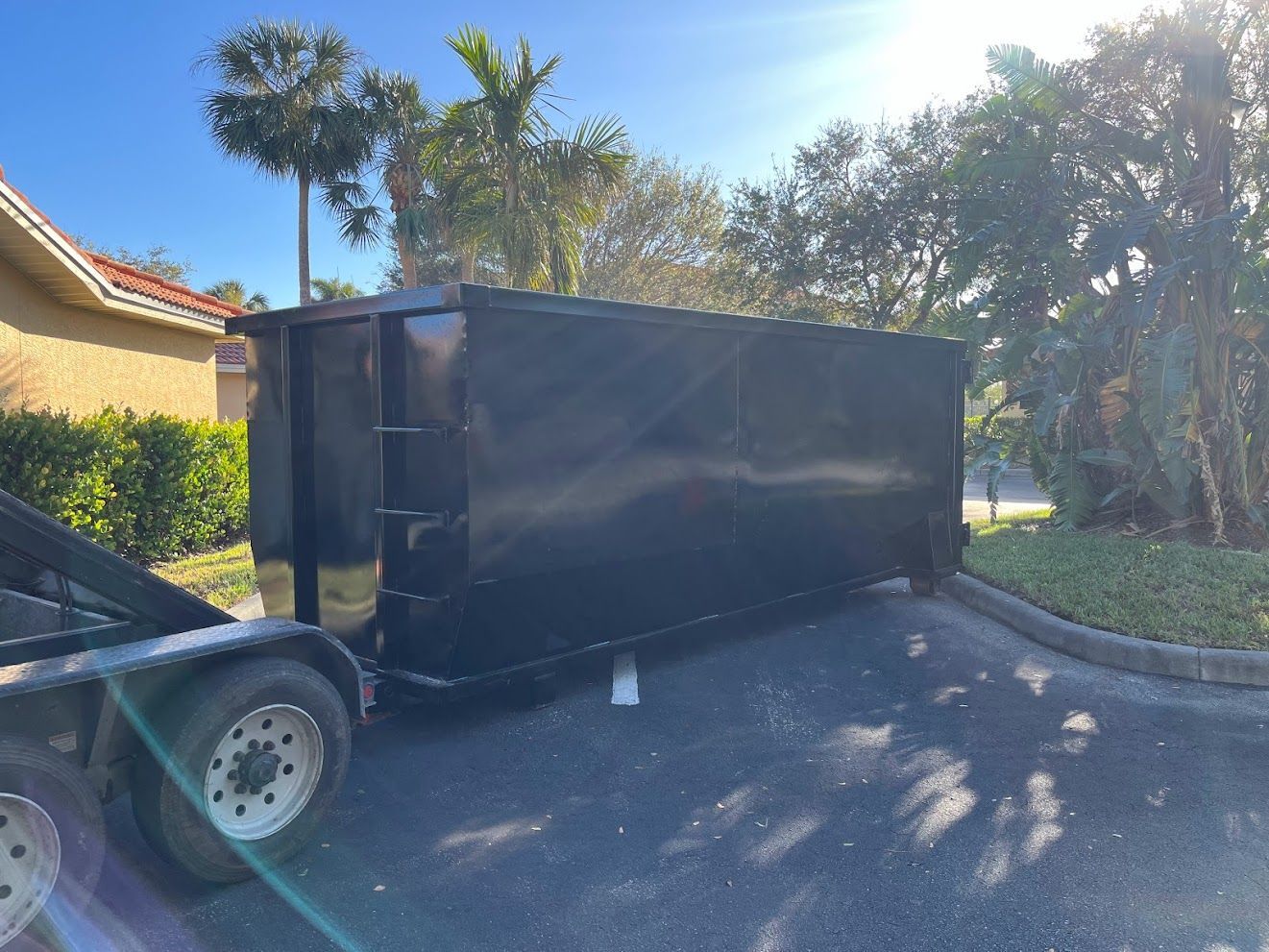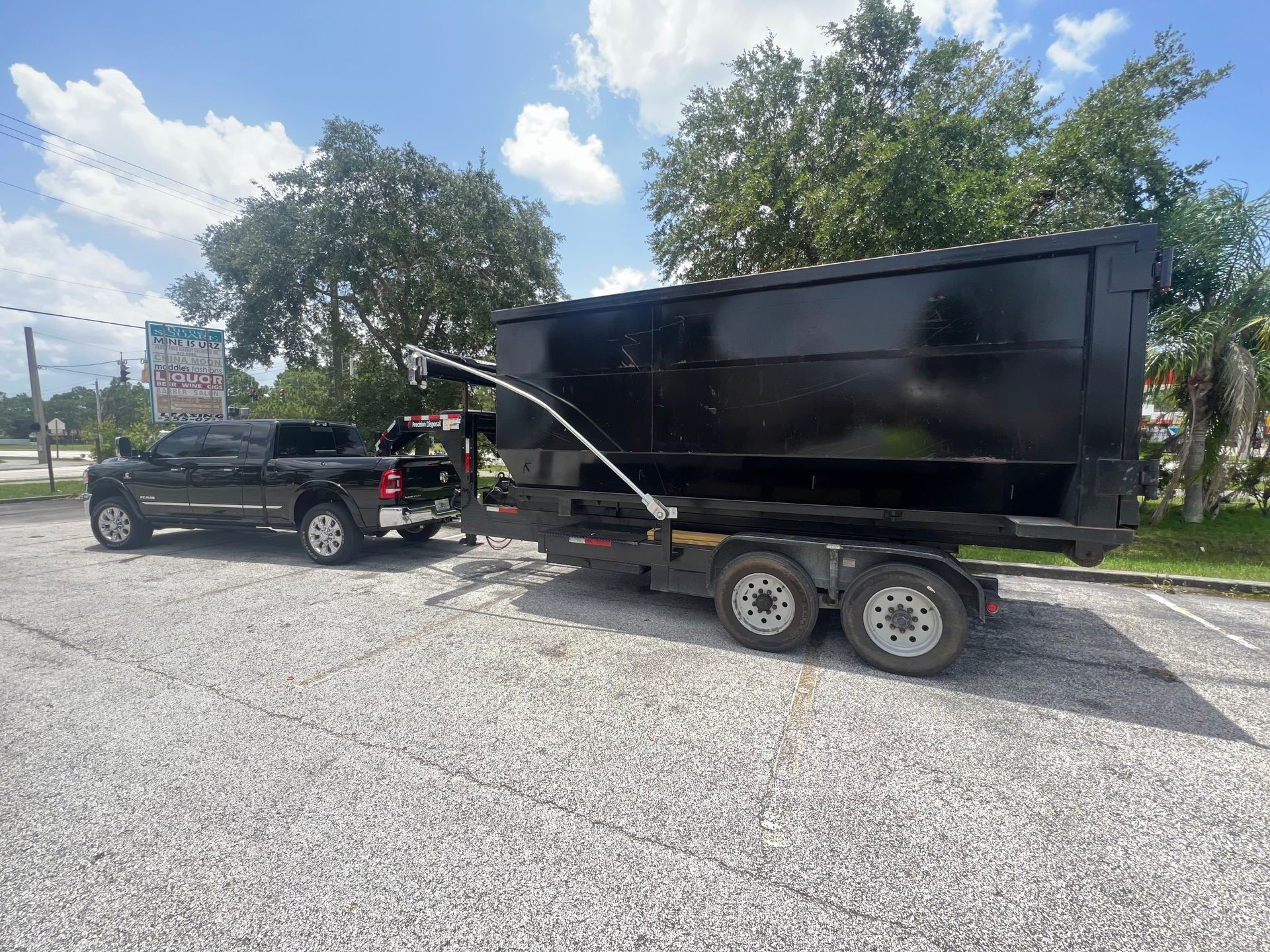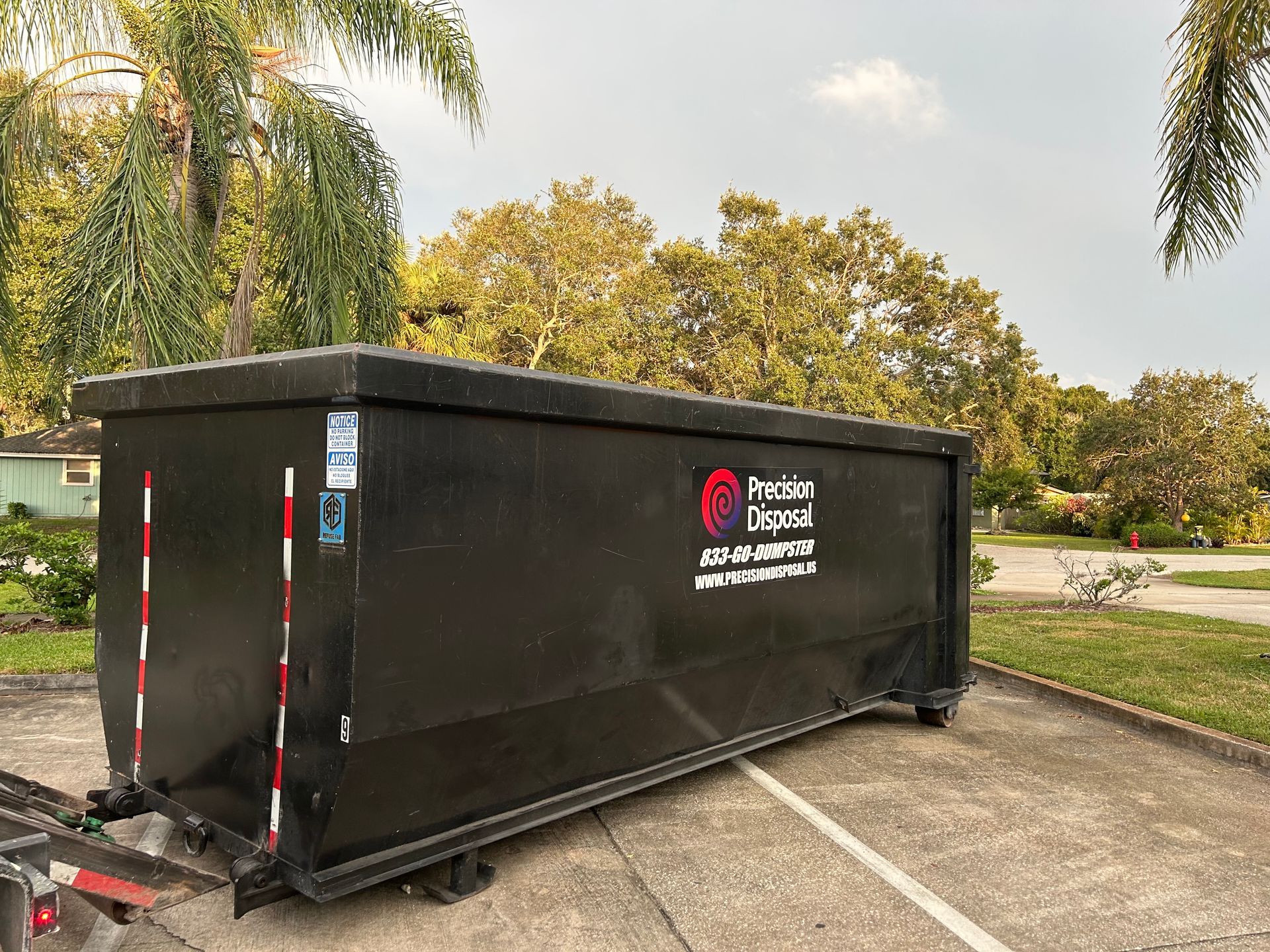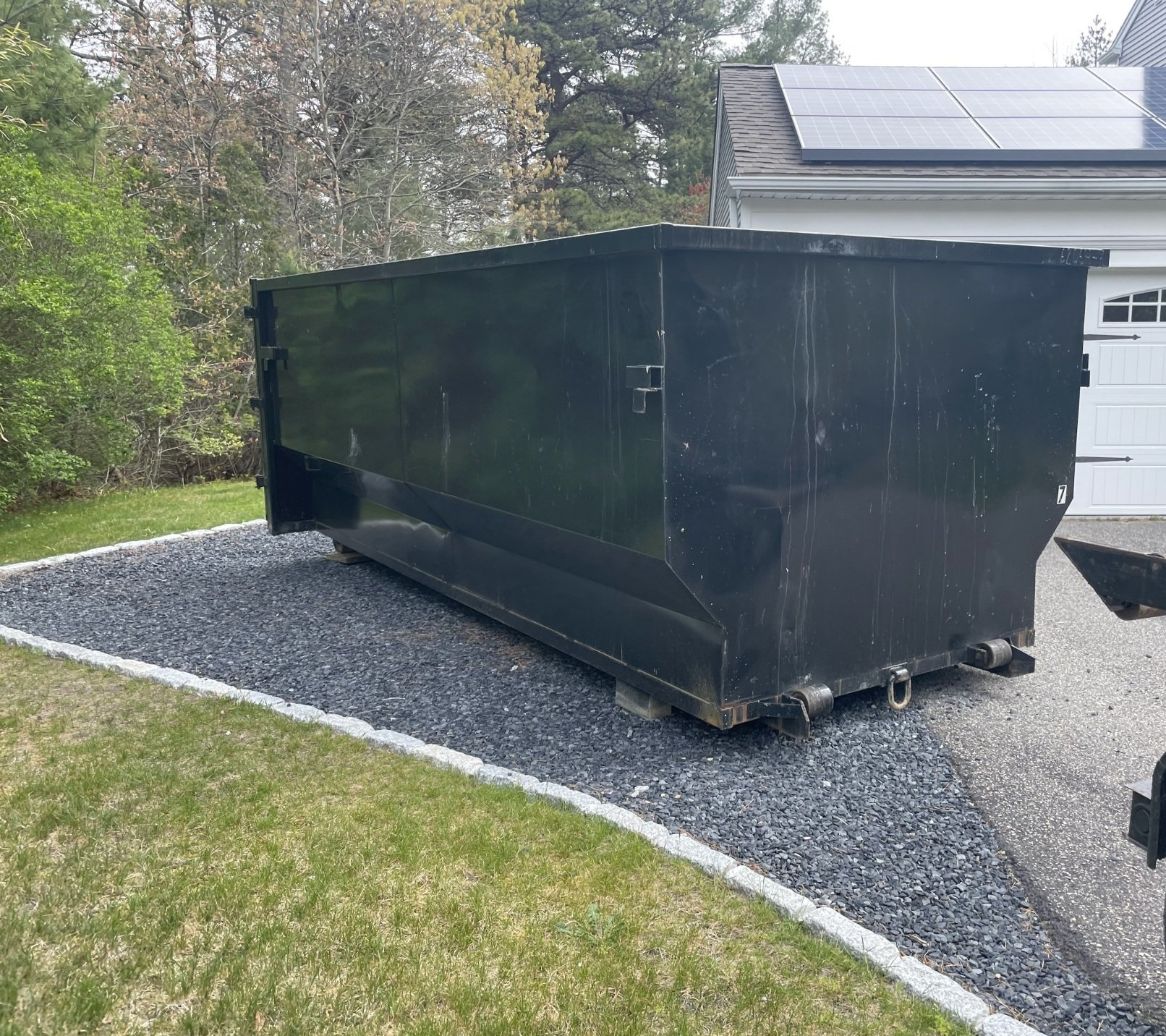Choosing the Right Dumpster Size: A Guide for Efficient Waste Management
A Guide for Efficient Waste Management
Selecting the appropriate dumpster size is a crucial step in ensuring efficient waste management for your project. By considering key factors and following a systematic approach, you can determine the perfect dumpster size that meets your needs. Let's explore the steps involved.
- Evaluate the Scope and Scale of Your Project:
Begin by assessing the scope and scale of your project. Consider the type of waste you'll be generating and the estimated volume. This evaluation will provide a baseline understanding of the dumpster size required.
- Estimate the Amount of Waste:
Break down your project into different waste categories and estimate the quantity of waste generated by each category. Research average volumes or weights for similar projects to help you gauge the overall waste amount.
- Consider the Space Constraints: Evaluate the available space at your project site. Measure the dimensions and consider any space constraints or obstacles that may impact the placement of the dumpster. This assessment will help you choose a size that fits comfortably within the designated area.
- Seek Professional Advice:
Consult with professionals from your local
dumpster rental company. They have experience in waste management and can provide valuable insights based on your project details. They will consider factors such as waste types, volume estimates, and site constraints to recommend the ideal dumpster size.
- Plan for Flexibility: Allow some room for flexibility in your dumpster size selection. Projects may generate more waste than anticipated, or unexpected waste items may arise. Choosing a slightly larger dumpster size provides flexibility and avoids the need for additional rentals or disruptions during the project.
Determining the right dumpster size requires a systematic approach, including evaluating the project scope, estimating waste amounts, considering space constraints, seeking professional advice, and planning for flexibility. By following these steps, you can ensure efficient waste management and a smooth project execution.
